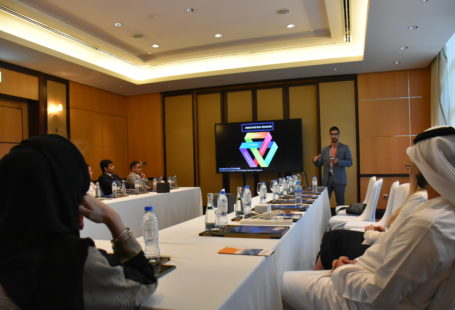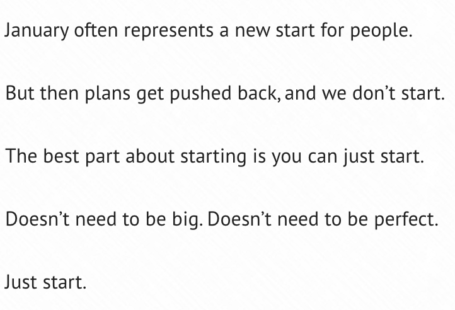For the past 50 years, the relentless pursuit of affordability has defined our collective notion of “better.” Cheaper prices became the paramount metric, overshadowing critical variables like quality, style, sustainability, and even health impacts. This myopic view has had stark repercussions, leading to a race to the bottom fueled by mass production, standardization, and planned obsolescence.
But now, a renaissance is stirring – one that recalibrates our understanding of “better” through a more holistic lens. We’re beginning to recognize that true betterment cannot be reduced to a single variable, but rather, it’s a delicate balance of numerous factors that collectively elevate our lived experiences.
Let’s consider the images before us as emblems of this awakening:
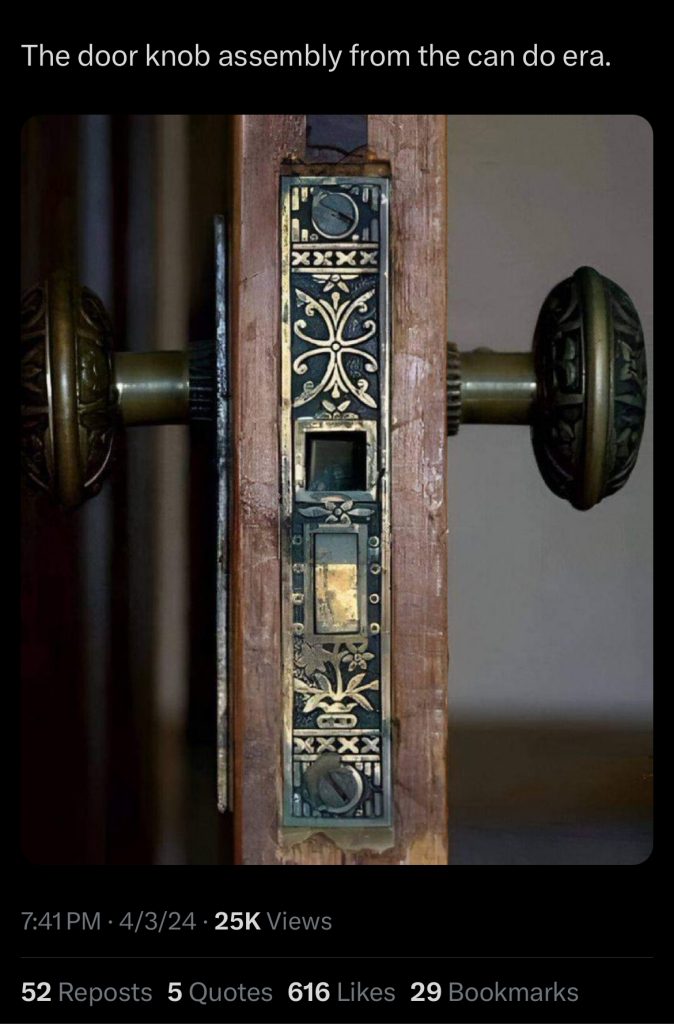
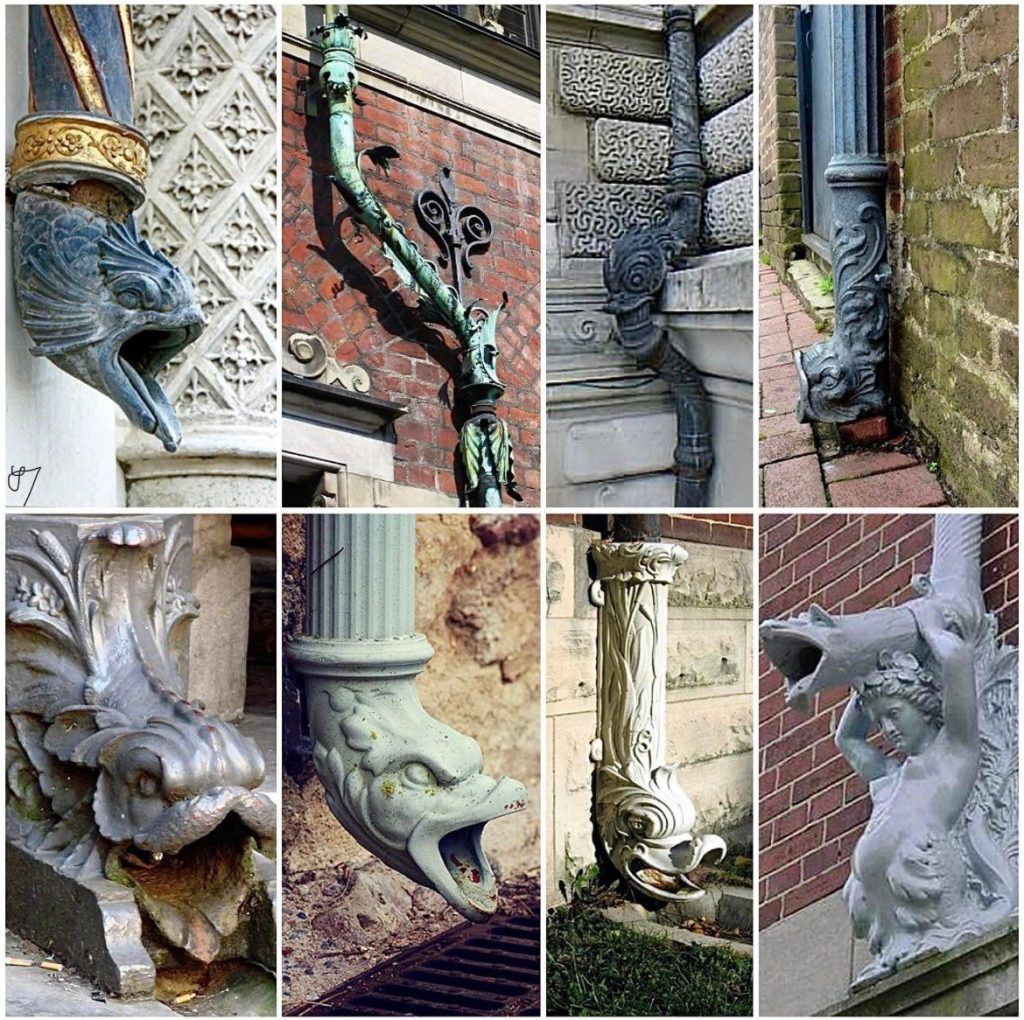
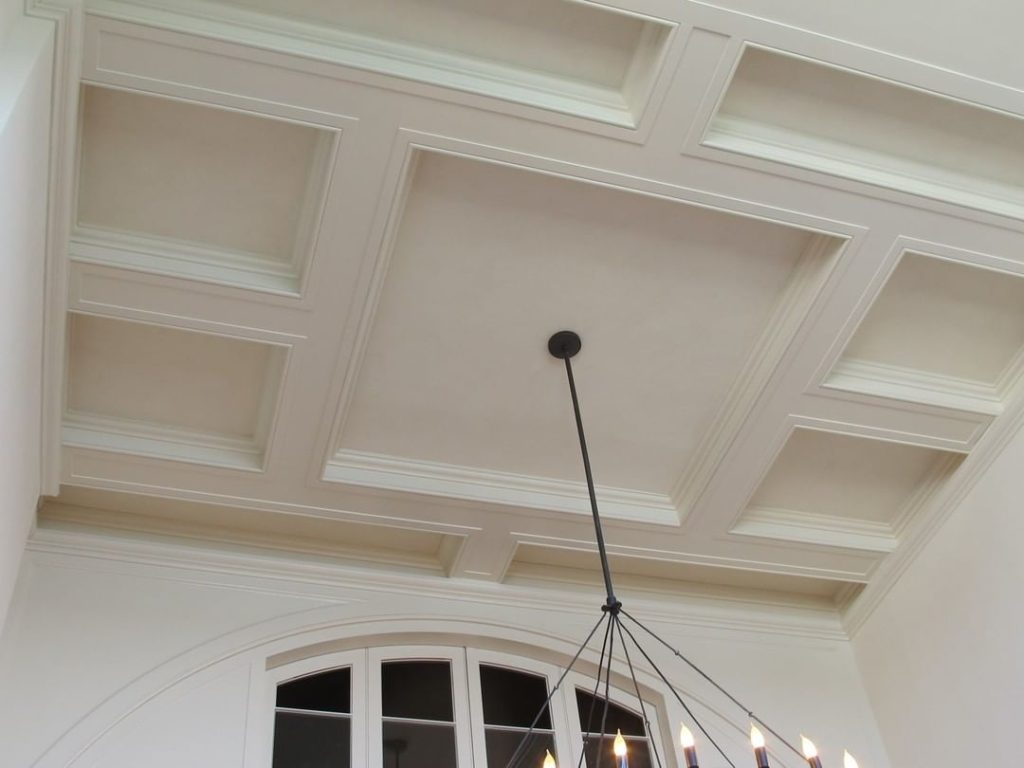

These artifacts from our past are not mere nostalgic relics; they are clarion calls to reimagine “better” as a multifaceted pursuit that harmonizes functionality, artistry, and sustainability.
In this renaissance, the true measure of “better” isn’t dictated by the lowest bidder but by the hands of skilled craftspeople, the visionaries who breathe life into our built environment.
It’s a world where quality is prized over disposability, where style is celebrated rather than standardized, and where the materials we invite into our homes and lives are chosen not just for their affordability but for their nurturing properties.
As we reclaim this holistic definition of “better,” we’re not just elevating our surroundings; we’re elevating ourselves. For the more we prioritize craftsmanship, the more we care about the human experiences that architecture and design were always meant to serve.
The more people who care about people, the better.
In the end, this renaissance isn’t about rejecting progress or retreating into nostalgia. It’s about striking a balance, about harnessing the efficiencies of modern manufacturing while preserving the soul of craftsmanship.
It’s a call-to-action for us to build a world that is not just affordable but enriching, not just functional but inspiring, not just mass-produced but imbued with the indelible mark of human ingenuity.
For when we broaden our definition of “better,” we open ourselves to a world of possibilities – a world where beauty, quality, and sustainability aren’t luxuries but birthright. And in that world, our surroundings become not merely backdrops but sanctuaries that elevate the human spirit.
